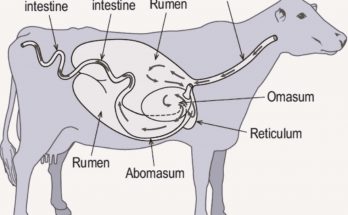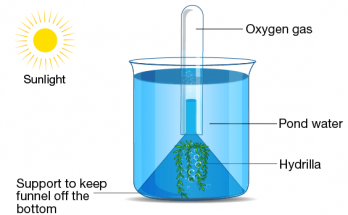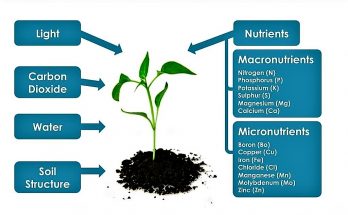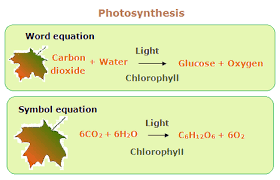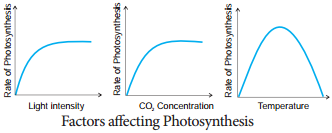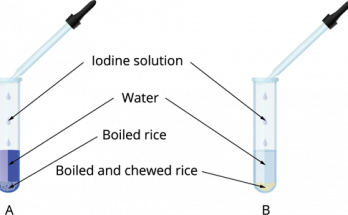
Activity – Effect of saliva on starch – Class 7
Experiment- Investigating the Digestive Action of Saliva on Starch Materials Required- Two test tubes (labelled ‘A’ and ‘B’) Boiled rice Iodine solution Water Timer or stopwatch Procedure- Take two test …
Activity – Effect of saliva on starch – Class 7 Read More